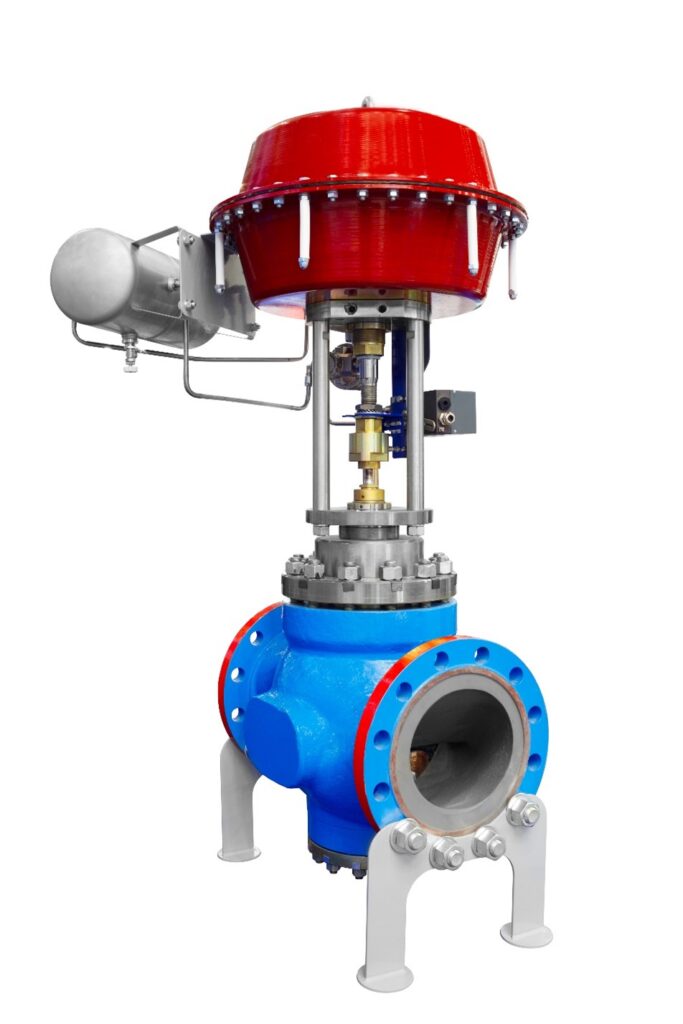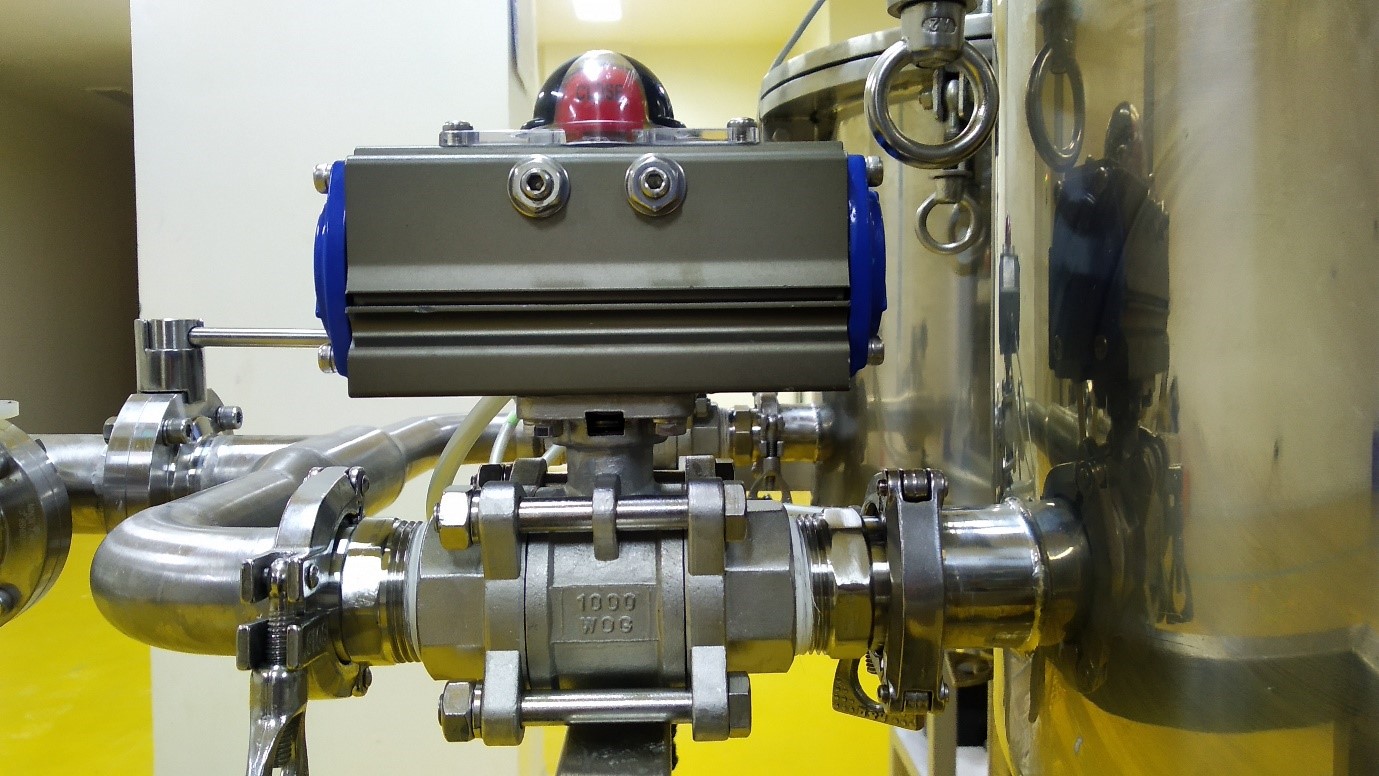When you think about the unsung heroes that keep our world running smoothly, ball valves might not be the first things that come to mind. However, these mechanical marvels play a crucial role in controlling the flow of liquids and gases in countless applications, especially with V-ports. In this blog post, we’ll delve into the world of ball valves and explore their unique features and benefits.
Ball valves are known for their simple design, consisting of a ball with a hole through its center. When the valve is open, the hole aligns with the flow, allowing fluids to pass through. A quarter-turn of the handle rotates the ball, closing off the passage and stopping the flow.

One of the key advantages of ball valves is their fast actuation, making them ideal for emergency shut-off and control applications. They also offer excellent sealing capabilities and can handle high pressures and temperatures with ease.
Here are some vendors and models for ball valves:
- Emerson (Fisher): Fisher Vee-Ball V150 Rotary Control Valve
- Bray International: Series 90/91 Pneumatic Actuated Ball Valves
From water treatment plants to chemical processing facilities, ball valves are essential for maintaining the safe and efficient operation of countless systems. So, the next time you turn on a faucet or fire up your gas grill, take a moment to appreciate the humble ball valve working diligently behind the scenes.
